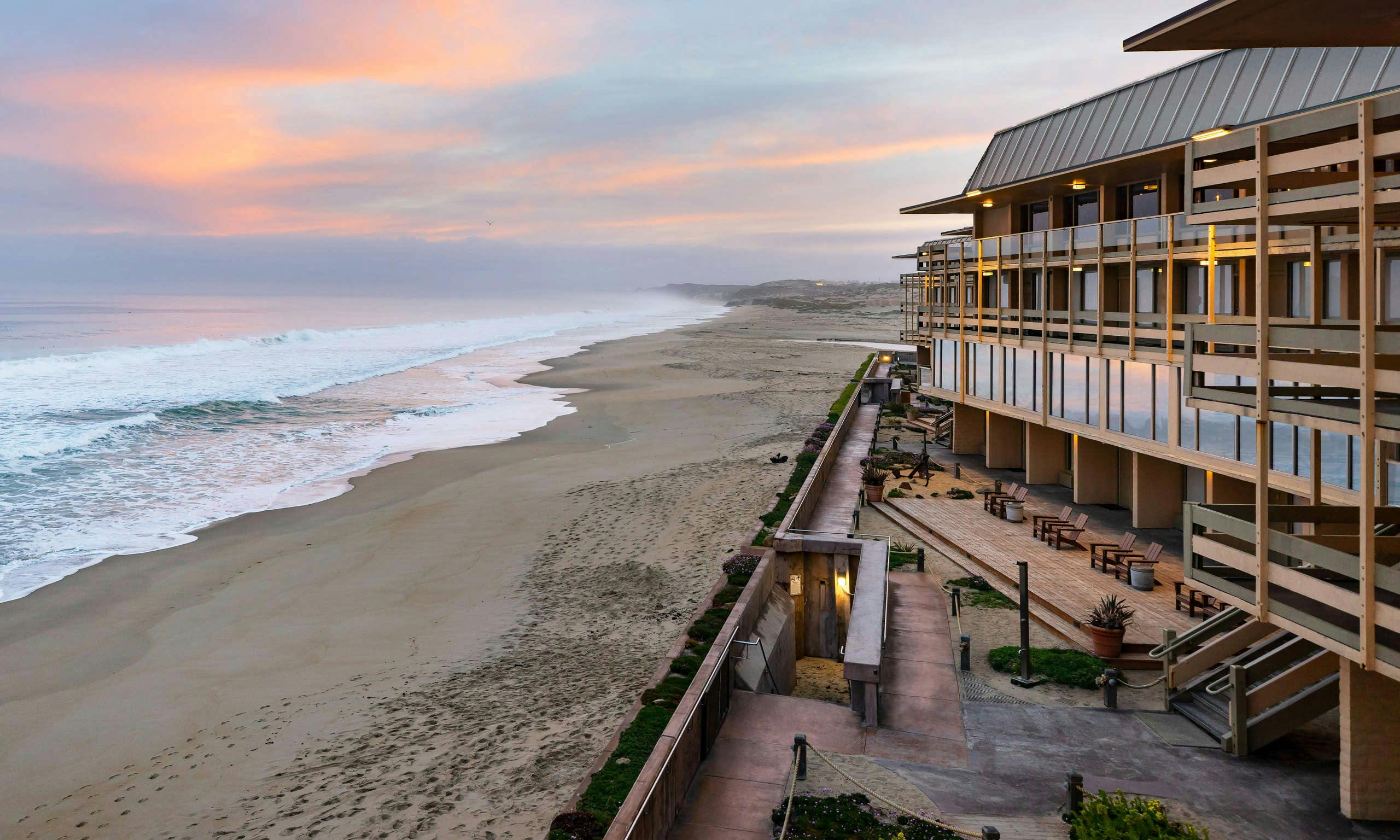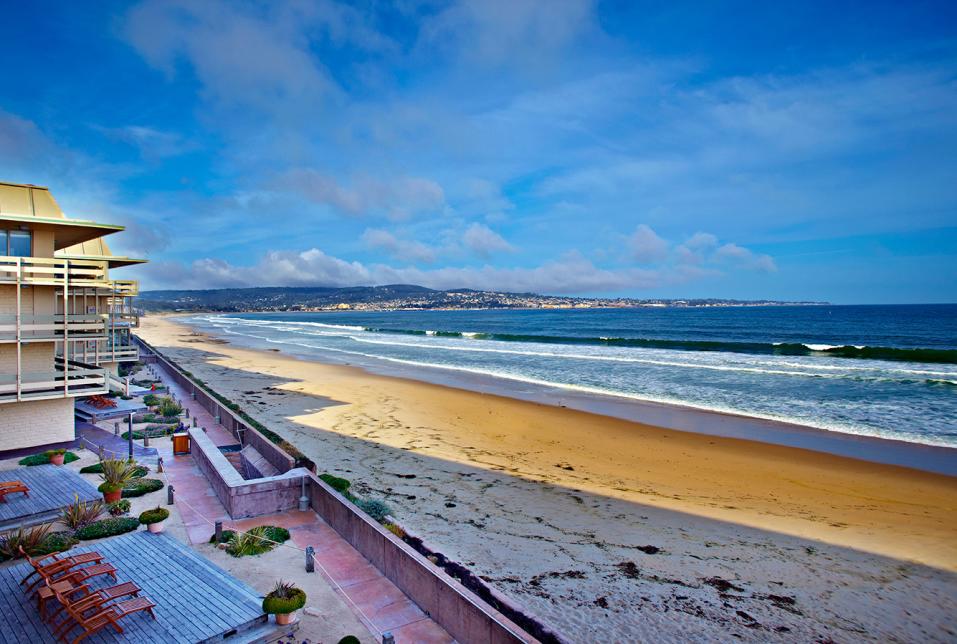Imagine standing on a cliffside, the salty breeze brushing your face while you watch the rhythmic dance of the ocean waves below. That’s what Monterey, CA offers—a mesmerizing coastal paradise where nature’s beauty meets adventure. If you’re eager to uncover the magic of Monterey Tides, this is the guide for you.
Monterey isn’t just a destination; it’s an experience. Nestled along California’s Central Coast, this gem is famous for its dramatic coastline, stunning marine life, and vibrant culture. The tides in Monterey play a crucial role in shaping its allure. They bring life to the shores, create breathtaking views, and offer endless opportunities for exploration.
So, whether you’re a nature enthusiast, a photography lover, or someone who simply wants to escape the hustle and bustle of city life, Monterey has something special waiting for you. Let’s dive into the beauty of Monterey Tides and explore why this coastal paradise is worth every second of your time.
Table of Contents
- Introduction to Monterey Tides
- Geography of Monterey Bay
- Understanding Tide Patterns in Monterey
- Marine Life Flourishing with the Tides
- Top Activities to Enjoy During Low Tide
- Seasonal Changes Affecting the Tides
- A Glimpse into Monterey’s Maritime History
- Efforts to Protect Monterey’s Coastal Ecosystem
- Practical Tips for Exploring Monterey Tides
- Conclusion: Why Monterey is a Must-Visit
Introduction to Monterey Tides
Monterey Tides are more than just the ebb and flow of water; they’re a symphony of nature that defines the region’s charm. The tides here are influenced by the unique geography of Monterey Bay, creating a dynamic environment that attracts visitors from all over the world. It’s not just about the science behind tides—it’s about the emotions they evoke and the memories they create.
As you explore the coast, you’ll notice how the tides reveal hidden treasures. During low tide, rocky shores expose vibrant marine life like starfish, crabs, and anemones. Meanwhile, high tide brings a sense of power and awe, showcasing the sheer force of the ocean. This interplay between land and sea is what makes Monterey such a captivating destination.
Geography of Monterey Bay
Monterey Bay is a natural wonder, stretching over 90 miles of coastline. Its crescent-shaped bay creates a protected area where marine life thrives. The bay’s depth and unique underwater canyon make it one of the most biologically diverse regions in the world.
Key Features of Monterey Bay
- Monterey Submarine Canyon – A massive underwater canyon that rivals the Grand Canyon in size
- Point Lobos State Natural Reserve – Known for its dramatic cliffs and abundant wildlife
- Carmel River State Beach – A serene spot perfect for relaxing by the shore
The geography of Monterey Bay plays a significant role in shaping the tides. The canyon’s depth affects water circulation, while the bay’s shape influences the timing and intensity of tidal movements.
Understanding Tide Patterns in Monterey
Tides in Monterey follow a semi-diurnal pattern, meaning there are two high tides and two low tides each day. However, the timing and height of these tides vary depending on the moon’s position and other factors.
For instance, during a new moon or full moon, you’ll experience spring tides, where the difference between high and low tide is more pronounced. On the other hand, neap tides occur during the first and third quarters of the moon, resulting in less extreme tidal changes.
Why Understanding Tides is Important
- It helps plan your beach activities, ensuring you’re there during the best times
- It aids in understanding marine life behavior, which is closely linked to tidal patterns
- It enhances safety, especially for activities like kayaking or surfing
Marine Life Flourishing with the Tides
Monterey’s tides are vital to the survival of countless marine species. The intertidal zone, exposed during low tide, is home to a variety of fascinating creatures. You’ll find everything from sea urchins and abalone to octopuses and even the occasional sea otter.
The Monterey Bay Aquarium, one of the most renowned aquariums in the world, showcases the incredible diversity of marine life found in the region. It’s a must-visit spot for anyone interested in learning more about the connection between tides and marine ecosystems.
Top Activities to Enjoy During Low Tide
Low tide in Monterey offers a wealth of opportunities for outdoor enthusiasts. Here are some activities you won’t want to miss:
Hiking Along the Coastal Trails
Explore the scenic trails that wind along the coast. The Monterey Bay Coastal Trail, for example, offers breathtaking views and access to several beaches.
Tide Pooling
Tide pooling is a favorite pastime for families and nature lovers. Be sure to bring a camera to capture the vibrant colors and textures of the marine life you encounter.
Photography
With its dramatic landscapes and ever-changing tides, Monterey is a photographer’s dream. Whether you’re capturing the golden hour or the moonlit waves, you’ll find endless inspiration here.
Seasonal Changes Affecting the Tides
The tides in Monterey vary throughout the year, influenced by seasonal weather patterns. In the winter, storms can cause higher and more powerful tides, while summer brings calmer waters and more predictable tidal movements.
These seasonal changes not only affect the tides but also the types of activities available. Winter is a great time for storm watching, while summer is ideal for swimming and paddleboarding.
A Glimpse into Monterey’s Maritime History
Monterey’s relationship with the sea dates back centuries. The Ohlone people were the first inhabitants of the region, relying on the ocean for food and transportation. Later, Spanish explorers arrived, followed by the establishment of a thriving fishing industry.
Today, the city honors its maritime heritage through museums, festivals, and cultural events. The Cannery Row district, immortalized by John Steinbeck, is a testament to Monterey’s rich history.
Efforts to Protect Monterey’s Coastal Ecosystem
Preserving Monterey’s natural beauty is a top priority for both local authorities and environmental organizations. The Monterey Bay National Marine Sanctuary plays a key role in protecting the region’s marine life and habitats.
Efforts include monitoring water quality, enforcing fishing regulations, and educating the public about sustainable practices. Visitors are encouraged to do their part by respecting the environment and following Leave No Trace principles.
Practical Tips for Exploring Monterey Tides
Before you embark on your Monterey adventure, here are a few tips to keep in mind:
- Check the tide schedule in advance to plan your activities accordingly
- Wear comfortable shoes and clothing suitable for the weather
- Bring sunscreen, water, and snacks to stay hydrated and energized
- Respect marine life and avoid disturbing their natural habitat
By following these tips, you’ll ensure a safe and enjoyable experience while exploring the beauty of Monterey Tides.
Conclusion: Why Monterey is a Must-Visit
Monterey, CA is more than just a coastal destination—it’s a haven for those who appreciate nature’s wonders. From the rhythmic tides to the vibrant marine life, every aspect of this region tells a story of resilience and beauty.
So, what are you waiting for? Pack your bags, grab your camera, and head to Monterey to witness the magic of its tides firsthand. And don’t forget to share your experiences with others—after all, spreading the word about this coastal paradise is the best way to inspire others to appreciate and protect it.
We’d love to hear about your adventures in Monterey! Leave a comment below and let us know what your favorite part of exploring the tides was. And if you’re planning your next trip, be sure to check out our other articles for more travel inspiration.


